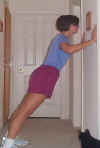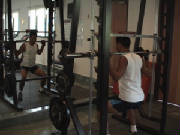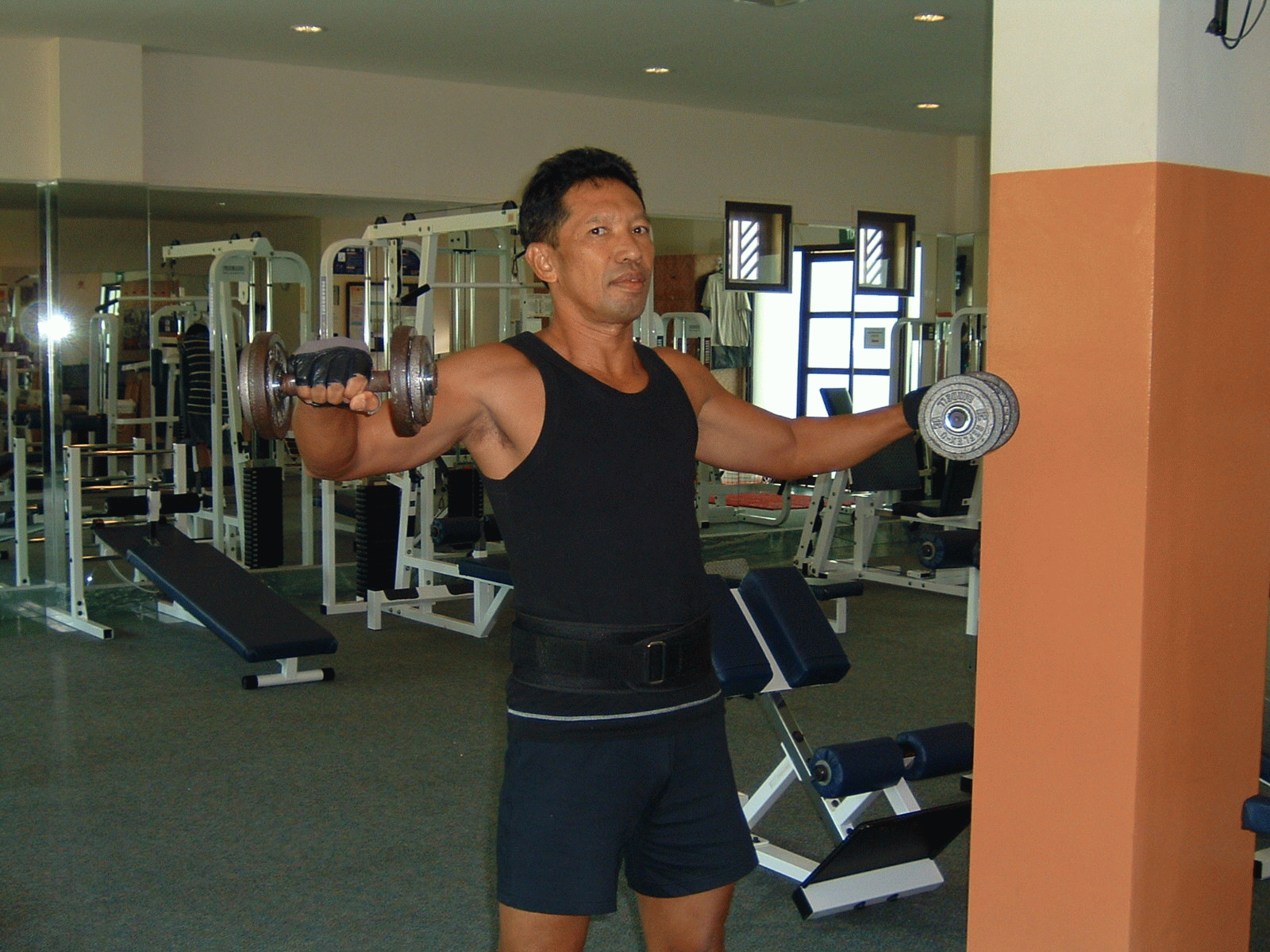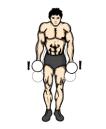
|
||||||
|
Strengh Training |
|
Strength is fundamental Agility, by the nature of its demands in terms of stopping and starting, requires good basic strength. Without adequate leg strength there is a limit to the quality of the movement which will significantly affect the ability to train. Leg strength must be developed in parallel with agility work. The forces involved in multiple planes also demand that we take a less traditional approach to the development of leg strength that will transfer to the movement skills. Begin with body awareness and control in conjunction with strength training. It is not an overnight affair, but part of a longer term systematic development program, based on fundamental movements and the subsequent refinement of those movements. Build progressively into sport skills. Carefully understand the movement patterns of the sport and their position within the sport. Each sport has certain movement commonalities with other sports. Look for those commonalities. Each sport will also have movements that are unique to that sport so understand those and prepare for them. Equipment will often dictate movement patterns and positions i.e. the glove in baseball, the stick in field hockey and ice hockey, the ball in rugby and football. Therefore train and test agility incorporating the game equipment to get a more accurate picture.
 However, it is often assumed that those blessed with great speed or strength are
born with a higher percentage of fast-twitch muscle fibres, and that no amount of speed work (or neuronal stimulation) will
turn a cart-horse into a race horse. But, in fact, fast-twitch fibres are fairly evenly distributed between the muscles of sedentary people, with most possessing
45-55% of both fast- and slow-twitch varieties. That means few of us are inherently destined for any particular type of sports
activity, and how we develop will depend mostly on two factors: 1.
The way our sporting experiences are shaped at a relatively early age 2. How we train our muscle fibres throughout our sporting careers Is your weight-training regime specific enough for your sport, and your event? It has long been accepted that weight training (and the right strength training program) can improve
performance for aerobic athletes. But it’s crucial to select the right exercises, perform them at the right intensity
and place them within a progressive and carefully structured weights program Do you have adequate power in reserve – even in the closing stages of your event? Wherever you look in the world of top-class sport, power counts; and one of the best
ways of developing this most precious commodity is through plyometric training.
Plyometric exercises are based on the understanding that a concentric (shortening) muscular contraction is much stronger it immediately follows an eccentric (lengthening) contraction the same muscle. It’s a bit like stretching out a coiled spring to its fullest extent and then letting it go: immense levels of energy are released in a split second as the spring recoils. Plyometric exercises develop this recoil or, more technically, the stretch/reflex
capacity in a muscle. With regular exposure to this training stimulus, muscle fibre should be able to store more elastic energy
and transfer more quickly and powerfully from the eccentric to the concentric phase.  However, to get the best out of plyometrics you need adequate preconditioning. And that’s where
weight training can play a crucial role.
Moreover, when it comes to selecting the right plyometric moves, the coach or athlete needs to consider
the specifics of their sport, the athlete’s maturity, his level of pre-conditioning and his ability to pick up what
can be a complex skill.
Masters Athletes: what’s the best way to preserve, even improve your speed? It’s well-known that speed declines with age. What’s less well-known in that this degenerative
process can be slowed – and even reversed in some cases. There are special training routines you can do that will slow the age-related reduction in stride length
and the commensurate increase in ground contact time. There’s
even a way to counteract the biochemical aspect of aging – and do so safely. The bottom line for masters athletes: you may be older, but you’re also wiser. So you can train smarter!
|
|
|




